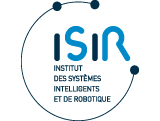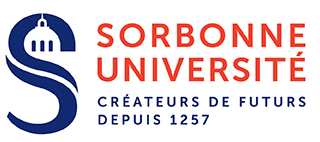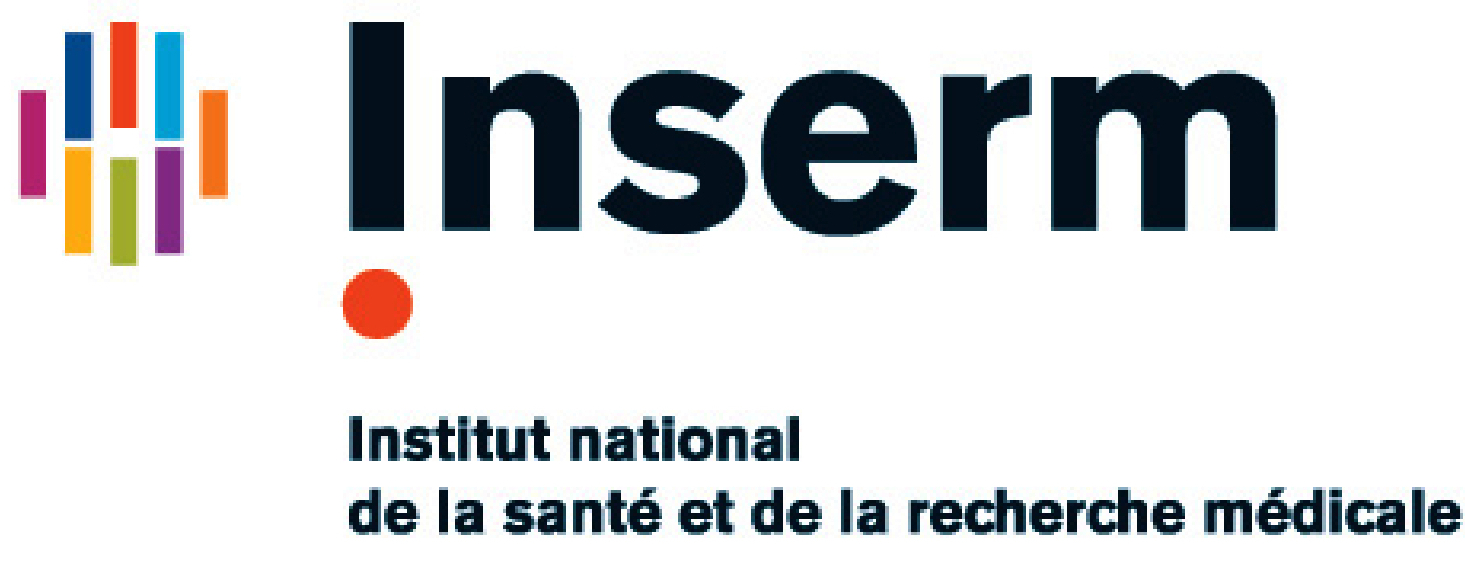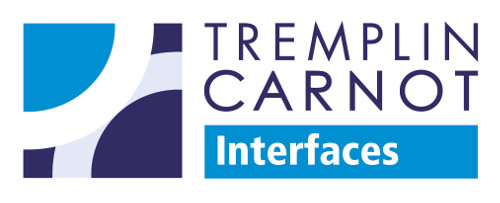A voir également
Profil

Titre : Maître.sse de Conférences
Adresse : 4 place Jussieu, CC 173, 75252 Paris cedex 05
Téléphone : +33 (0) 1 44 27 62 88
Email : genet(at)isir.upmc.fr
Equipe : AMAC (AMAC)
My researches aim at better understanding the Cerebellum function by using the tools of Computational Neuroscience. Experiments suggest that the Cerebellum function involves biological properties spanning different levels of structural organization (from synapses to the neural network). Therefore, I am attempting to extract key functional properties at each level by using simplified mathematical models constrained by experimental data. Building and analyzing these models involve concepts and tools from non-equilibrium thermodynamics, the theories of chaos and dynamical systems and differential geometry.
The Cerebellum is a simple nervous structure which appeared in teleostean fishes and which is highly preserved in vertebrates throughout the phylogenetic tree. Its crystal-like structure suggests that the Cerebellum achieves a highly specific computation. However, the nature of this computation remains debated because the Cerebellum is implicated in a wide range of motor functions (including the learning and adaptation of conditioned reflexes as well as the online control of voluntary movements) and non-motor cognitive functions. Recent reviews highlight the idea that these different functions require to solve a common computational problem: linking information separated by a time gap. This idea is best exemplified by the Pavlovian conditioning of reflexes (associating conditioned and unconditioned stimuli to produce a conditioned response) and the control of voluntary movements (requiring to predict the sensory consequences of motor commands as the brain only receives delayed information on these consequences owing to sluggish, multi-synaptic pathways found in the sensory apparatus).
My researches in this field have allowed:
1. identifying the mechanism of spontaneously resetting plateau potential in PC
PC dendrites respond to weak excitation with low-amplitude, spontaneously resetting plateau potentials and with full-blown action potentials to larger excitation. How both electric signals can be sustained by the same type of Ca channels (P-type) remained poorly understood. With a three-variable isopotential model, I have shown that plateaus arise in a neighborhood of a hysteresis (bistable) region in the membrane voltage / current relationship. Their slow dynamics witness deformations of the vector field around this region. Action potentials arise at higher current as the plateau state loses its stability through either Hopf or homoclinic bifurcations.
2. understanding the role of dendritic plateaus in firing dynamics of PC
I have extended the previous model to entire PC at the aim of understanding the role of dendritic plateau potentials in the firing dynamics of the neuron soma. Rather than simply simulating the model in a fully reconstructed PC, I have developed a three level comprehensive study of this problem by investigating the model in three different geometries: i) infinite cables resulting in a set of non-linear parabolic partial differential equations, ii) electrotonic equivalent cables of a PC and iii) an actual PC. I have shown, using topological arguments, that plateau potentials are unable to propagate. These signals exhibit a membrane current threshold above which they invade the entire dendritic at infinite speed (the latter feature is due to the fact that the classical cable equation used by the extended model has been derived in a non-relativistic frame). Once triggered, dendritic plateaus trigger action potentials in the PC soma and as such command epochs of PC activity. Moreover, I have shown that the somatic plateau potentials upon which action potentials ride can be explained by a mechanism essentially similar to that of dendritic plateaus.
I currently work on two projects
1. Searching biological evidence for the sensory hypothesis of the Cerebellum.
According to this hypothesis, the Cerebellum does not directly contribute to the building of motor commands. Rather, it computes predictions of the current body state by means of forward models of sensory-motor relationships. These predictions would be used by the brain to circumvent delays in sensory feedbacks to achieve an efficient feedforward control of voluntary movements. To address this hypothesis, I have begun building a simplified model of the Cerebellum integrating above results on PC firing dynamics, the characteristic cerebellum organization around the basic olivo-cerebellar loops and biologically derived learning rules at cortical and cortico-nuclear synapses. This model suggests that the Cerebellum may indeed encode adaptive forward models of the sensory-motor relationship of an agent (submitted to PNAS).
2. Capturing sensory-motor relationships (SMR) with Differential Geometry.
Under general conditions, SMR may achieve the embedding of differential manifolds in the sensory space. In collaboration with members of the Perception team, I investigate the hypothesis that these manifolds contain extractable information on the structure of a biological or robotic agent (and of its environment). This project aims at determining
· whether invariant characteristics of these manifolds (like their dimension and curvature) contain information on the structure of the agent and of its environment,
· whether these characteristics may constitute the vocabulary of a geometric language used by the brain to achieve motor functions.






